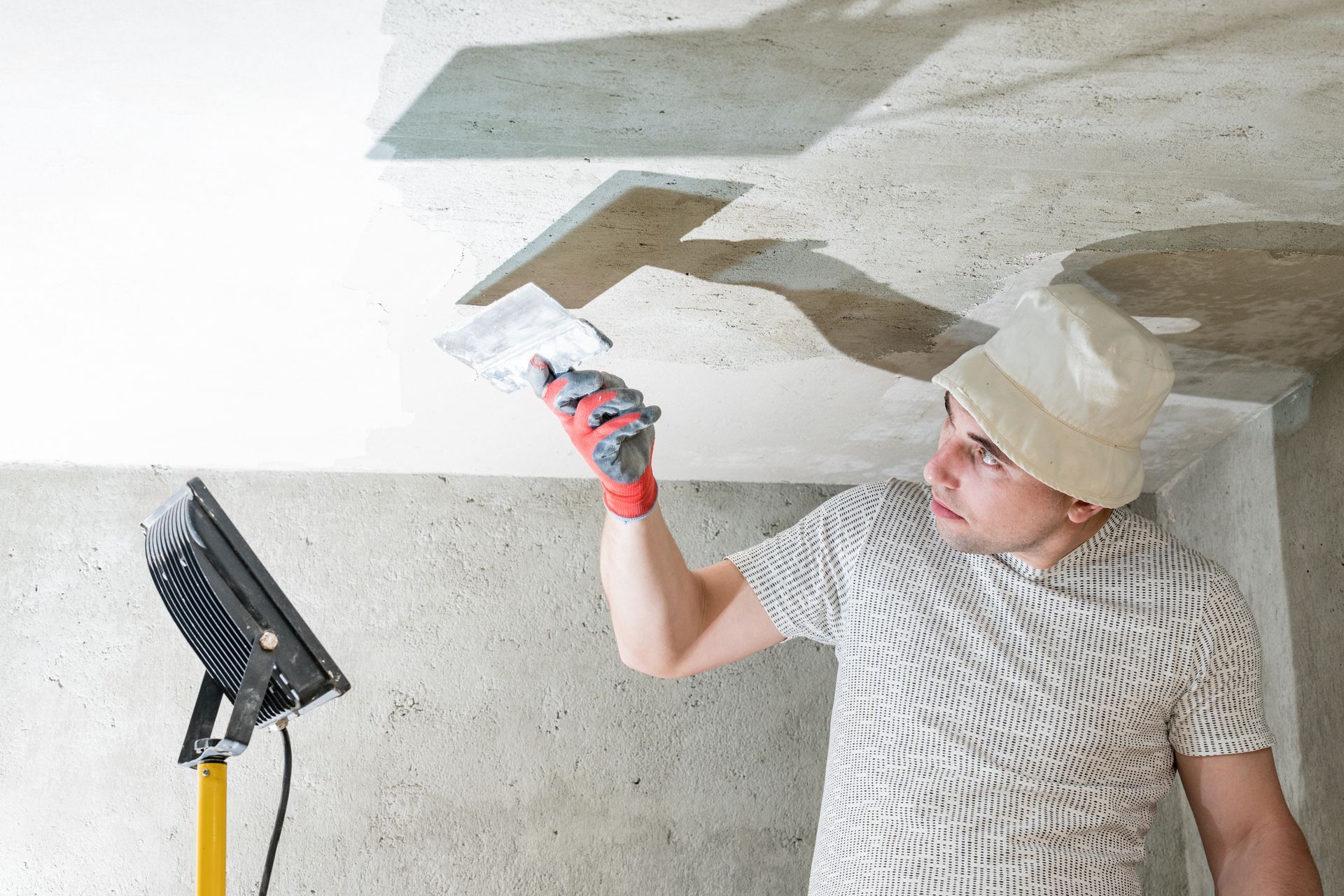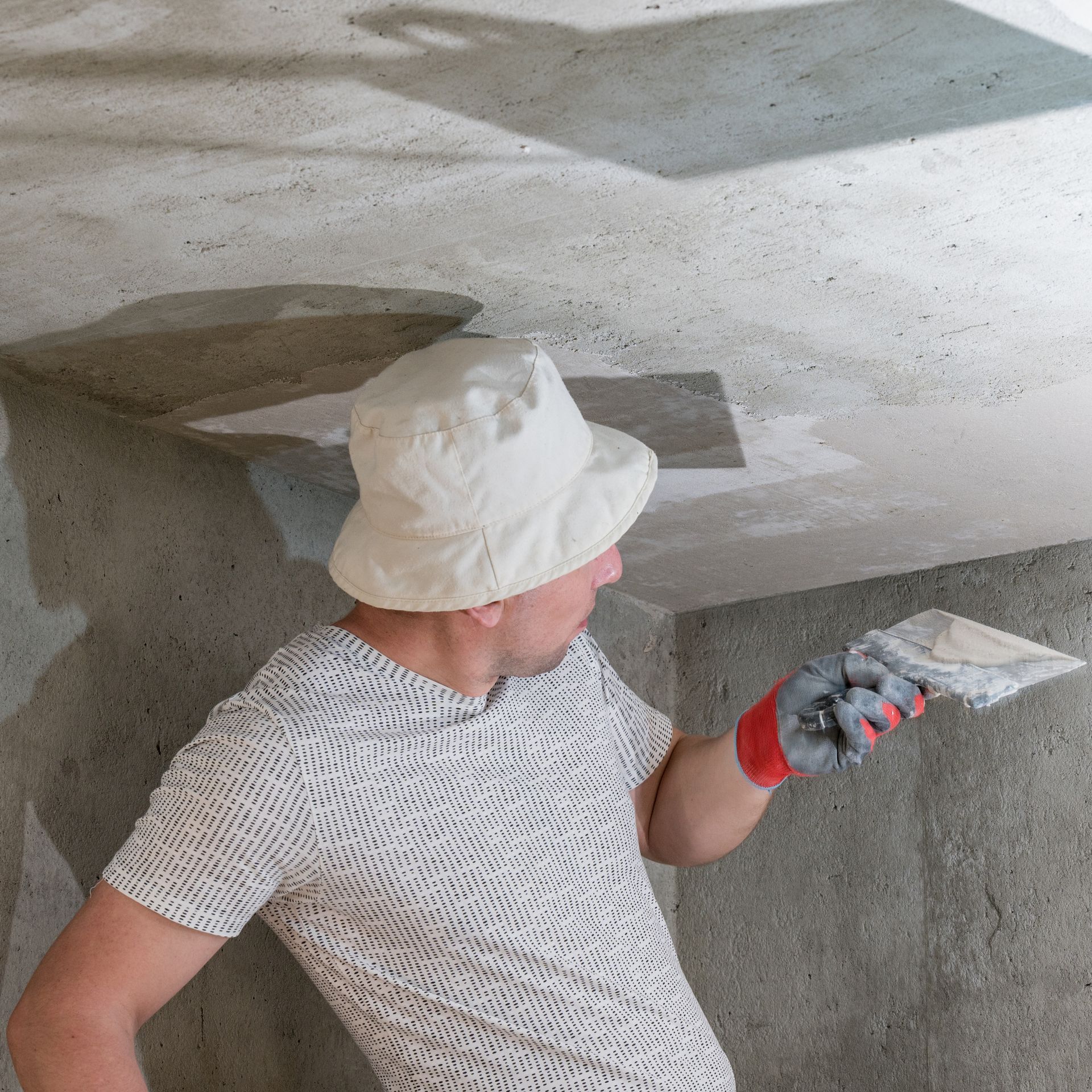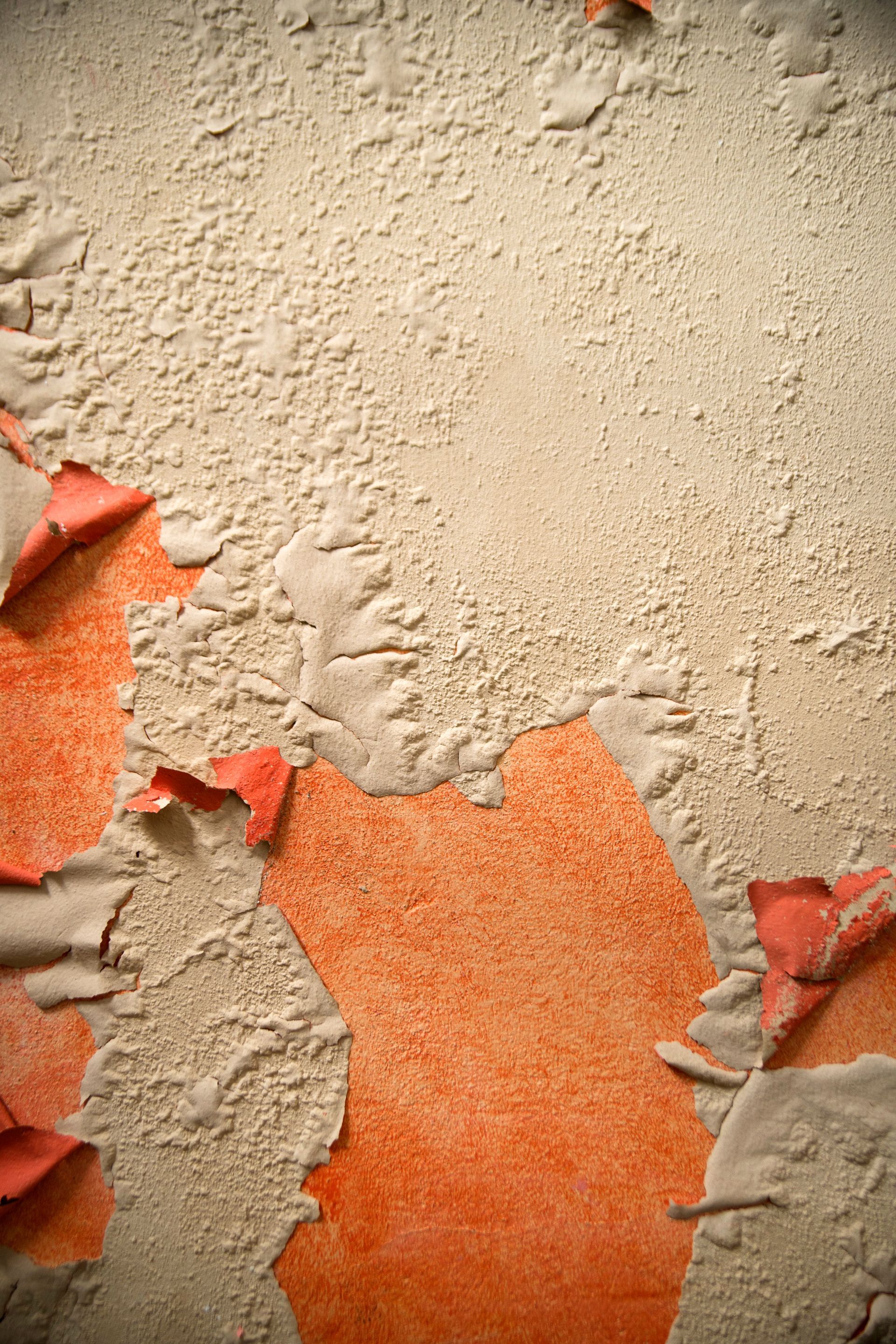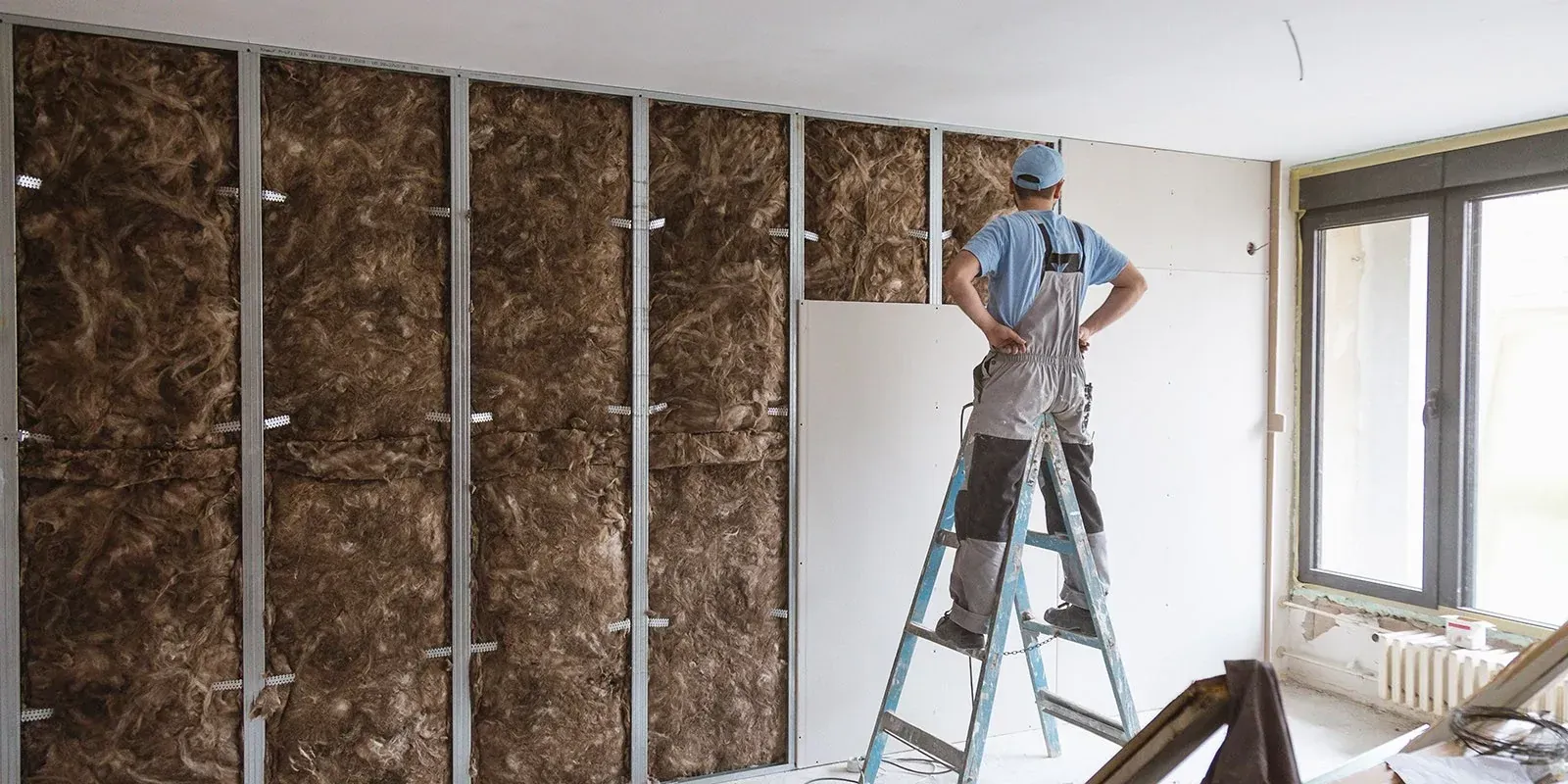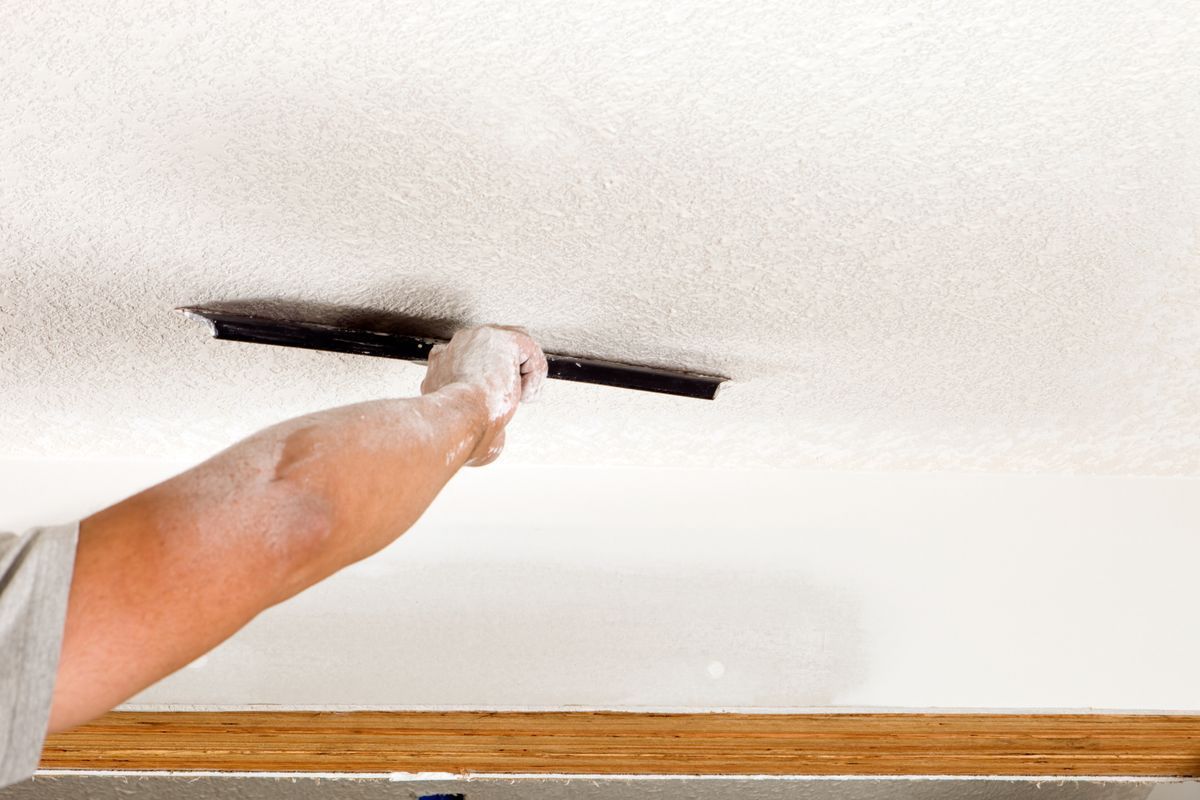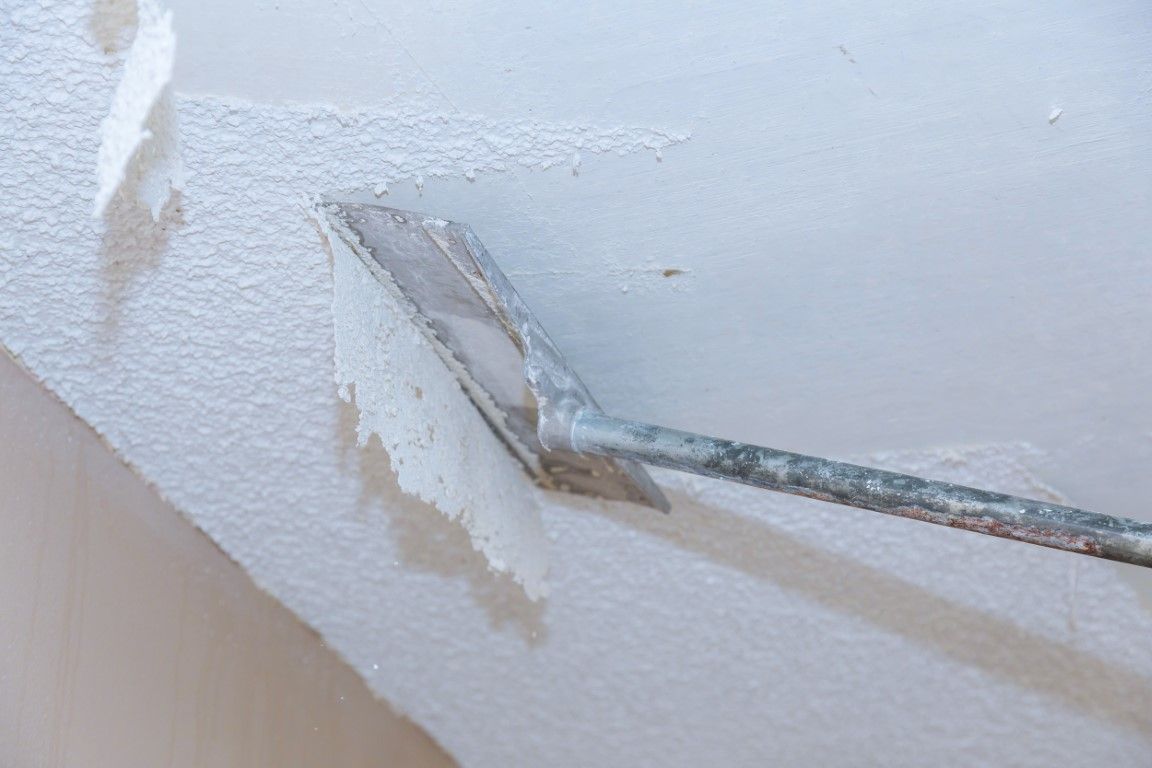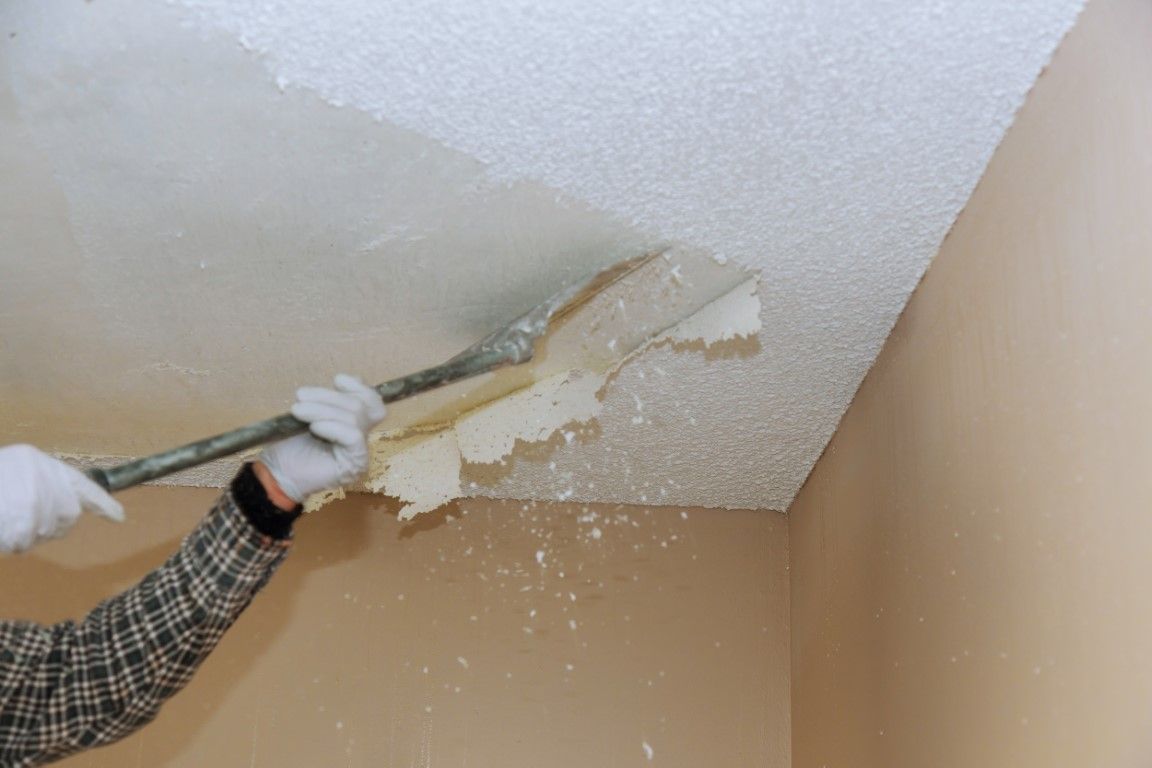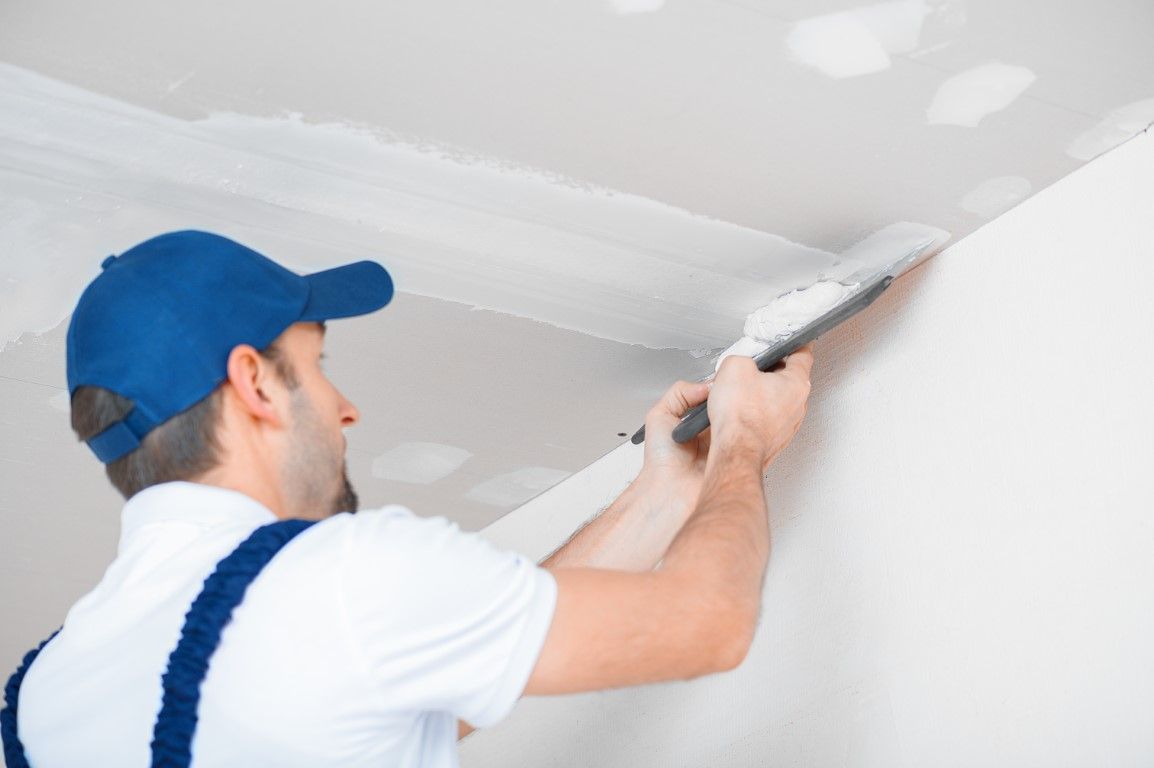How Do You Replace a Section of Drywall in the Ceiling?
A Step-by-Step Guide to Replacing a Section of Drywall in Your Ceiling
Replacing a section of drywall in your ceiling may seem like a daunting task, but with the right tools and techniques, it can be a straightforward process. In this guide, we'll walk you through the steps involved in replacing a section of drywall in your ceiling, from preparing the area to finishing touches.
Step 1: Gather Your Materials and Tools
Before you begin, make sure you have the following materials and tools:
- New drywall
- Drywall screws
- Drywall tape
- Joint compound
- Sandpaper
- Utility knife
- Drywall saw
- Screwdriver or drill
Step 2: Prepare the Area
Start by removing any furniture or fixtures from the area where you'll be working. Use a utility knife to cut away the damaged section of drywall, making sure to cut along the edges of the studs. Remove any remaining debris or loose drywall.
Step 3: Cut and Install the New Drywall
Measure the opening in your ceiling and cut a piece of new drywall to fit using a drywall saw. Hold the new piece in place and secure it to the studs using drywall screws. Be sure to countersink the screws slightly below the surface of the drywall.
Step 4: Tape and Mud the Seams
Apply drywall tape to the seams between the new drywall and the existing ceiling. Using a taping knife, apply a thin layer of joint compound over the tape, feathering the edges to blend it with the surrounding area. Allow the compound to dry completely before sanding it smooth.
Step 5: Finish and Paint
Once the joint compound is dry, sand it smooth with fine-grit sandpaper. Apply a second coat of joint compound if necessary, and sand again once dry. Finally, prime and paint the repaired area to match the rest of the ceiling.
Conclusion:
Replacing a section of drywall in your ceiling is a manageable project that can be completed with the right tools and techniques. By following these steps, you can restore your ceiling to its former glory and enjoy a smooth, seamless finish.
